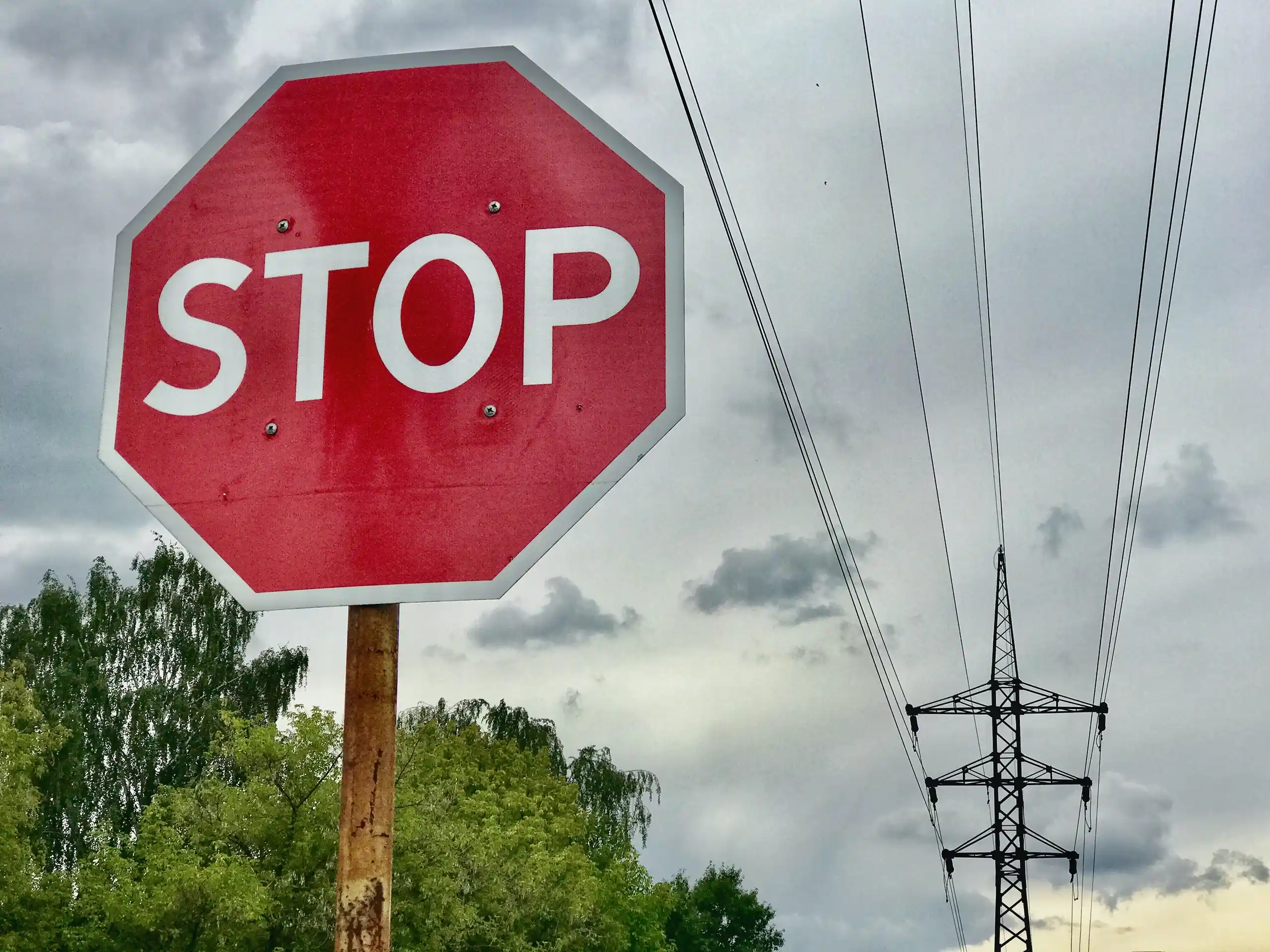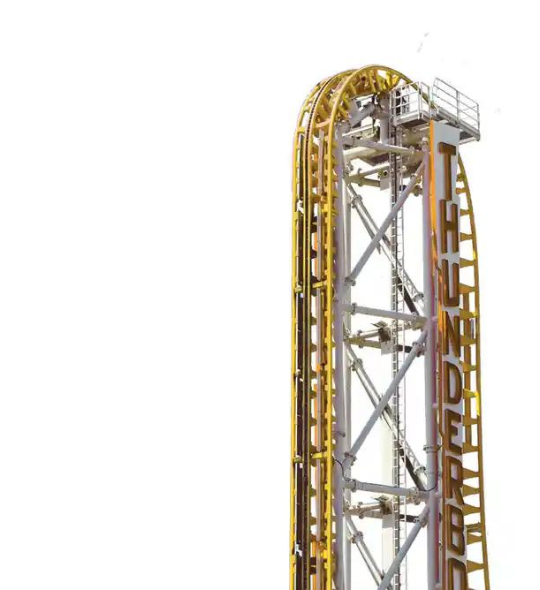
As Demand Response in Ontario heats up, where is the market headed?
‘Ready for change’ – What is the future of Demand Response?
In this interview we discuss the current environment about Peaks and present some easy-to-use-tools and tips on how to forecast and respond to them. We’ll dive behind the scenes with the EnPowered Team to discuss where the market is headed and why it’s ready for a change.
Today marks the first day of Ontario’s current Demand Response (DR) period. Having recently announced securing a bid in the IESO DR program, I speak with Founder and President of EnPowered, Tomas van Stee, and Demand Response Associate, James Roth, to understand what today means to the company and the industry.

So May 1st marks a new obligation period for Demand Response in Ontario. What does this mean for EnPowered?
[James] Well it means the IESO can officially call for a Demand Response Event. Although, that wouldn’t be very nice right now.
As James and Tomas chuckle about that thought, it is not lost on two that that is a very real fact. It is real and there has been a lot work behind the scenes to get to this point – it is a milestone to celebrate.
[Tomas] It also means, our new product is officially live. It’s exciting.
For those who may not know, what is Demand Response?
[James] System Operators are the folks responsible for keeping our electricity systems working. Part of that includes avoiding blackouts or brownouts. Should something like that happen, Demand Response programs offer System Operators opportunities to ask participating electricity users to reduce their usage, so such occurrences or Peaks can be avoided. Of course, participating users, small to large businesses, are paid to provide this relief.
How does a System Operator enact such an occurrence?
[James] Well first of all, our resources will be tested this summer, the IESO needs to confirm that any participating company can indeed offer that capacity.
In general though, during the obligation period we will wait for a standby report from the IESO, which activates us as a DR resource.
What does this ‘obligation period’ mean? And how long does it run?
[James] The Auction for capacity was in December. We are now bidding into the energy market. We bid our contributor energy resources into the market place, everyday. It is also possible to operate on ‘Standing Bid’, which means your bids are automatically into the market at the same value day after day.
This current period runs from May 1, 2020 to October 31, 2020.
[Tomas] That’s right – up to Halloween. Followed then by the next period, the ‘Winter Obligation Period’, from November 1, 2020 to April 30, 2021.
Okay, so participants get paid for essentially offering the ability to reduce usage.
[Tomas] Correct, they get paid what is known as the ‘Clearing Price’. The price established based upon what DR participants or DR Aggregators (like ourselves) bid in the capacity market and where the bid land along the supply/demand curve.
This curve and more information can be found on page 8 of this IESO Manual.
What do you think about the clearing prices that have been established this period?
[Tomas] Well the provincial average Clearing Price went up about 10%. But the West Zone, which is capped, has decreased since it is greenhouse territory.
[James] Yes, the west has a cap on it. Last year it didn’t cap out. This means, that this year there are more participants with more flexible loads that can provide capacity at a lower rate.
Last year, 2019, the average value of DR was around $52,000 per MW, with the North Zone dragging down the zone. This year it is sitting at around $58,000 per MW. This year, the west is dragging down the average.
“We were anticipating clearing prices to go down…this is happening, just a bit slower than anticipated. The average Clearing Price went up about 10%. The west has decreased… there are more participants with more flexible load that can provide capacity at a lower rate.” – James Roth
Was this Clearing Price of surprise to you?
[James] A bit, yes. We were anticipating clearing prices to go do down, pushing out physical response providers as the value (clearing price) wouldn’t be enough for them to participate and justify curtailing.
Evidently, this is already happening in the west. So, just a bit slower than anticipated. Essentially, DR is moving towards a more aggregated approach, where you have smaller customers providing smaller chunks towards this resource.
How are you able to do that, involve smaller customers? Are you suggesting there is a new trend in Demand Response markets?
[James] Well it’s on the aggregators to be able to organize it. And with increase in technology such as IoT, customers can respond easier and respond with different type of load reductions. Physical resources to be pushed out, really.
[Tomas] There is a trend in all DR markets of dropping prices. For customers physically shutting down it makes less and less sense. But for those with automated systems it means good pay back.
“With the increase in technology such as IoT, customers can respond easier and respond with different types of load reductions. There is a trend in all DR markets of dropping prices… for those with automated systems it means good pay back.”
The IESO was originally planning to pull in the auction and just recently pushed out the next. Why? What happened with that?
[Tomas] Yes, the next DR auction was supposed to be June, but the IESO pushed that out to Q4, but no specific date has been announced. They decided to do so since businesses couldn’t effectively plan participation given on goings with COVID-19. It is still to be determined if that will be a Demand Response or a Capacity Auction.
[James] In fact, the December 2019 auction was supposed to be Ontario’s first Capacity Auction, but it remained a DR auction. It got thrown out for several issues, but the main being that Dispatchable Generators would be paid for electricity they would provide to the grid. This creates a disadvantage for hourly Demand Response resources, they’re providing capacity not actual electricity.
[Tomas] Yeah, there are industry conversations around how to value Demand Response load reduction is providing. Sometimes it’s even referred to a ‘Negawatts’.
[James] The IESO is transitioning from a Demand Response Auction to a Capacity Auction, which opens it up to more resources, such as imports or generation resources that were off contract.
Many other System Operators, such as PJM, have extended their forward period (PJM is currently 3 years). PJM even has intermittent auction. The original idea around hosting the next auction in June was to let the IESO establish a bigger buffer between when the auction and the obligation period (when the load would be delivered).
[Tomas] And this is done for capacity planning – do we need to build a new power plant or not. Longer forward periods let System Operators plan better.
So COVID-19 has impacted Demand Response. Out of curiosity, aside from pushing out the June Capacity Auction, has the pandemic affected other aspects of DR?
[James] Well, many businesses are down right now. So it was would a challenging time to call an event. It would be detrimental to the businesses as they would incur penalties if they do not respond.
[Tomas] Yes, a lot of contributors are down right now – automotive for sure. For big contributors, this has to be very scary.
[James] You’re right. In fact, the IESO wanted to shed light on market rules and sent out communications around force majeure. They discussed how an aggregator could use this process to reduce their obligated capacity in response to a DR event. These applications are public too, so the IESO warns about publishing any confidential or client related information.
From DR to Capacity to Clearing Pricings – what is the future of DR in Ontario and across the electricity industry?
[James] I feel Ontario is moving more towards a Capacity Auction, which is great – it needs to be done.
[Tomas] A Capacity Auction allows more resources to play in the market. Once done properly, it will eventually allow us shifting a HVAC system to compete with a natural gas generator. The only way you eventually get rid of these gas generators, meaning, moving towards a clean renewable grid, is to remove the need for these generators. Which means, it needs to be possible for other forms of innovative electricity management to compete head to head.
Basically, as EnPowered when we do Price Arbitrage, Peak Shedding, or Load Shifting – in the long run – these activities should replace the need for Peaker Plants. This cannot happen until System Operators merge the demand side of the market with the supply side of the market. Right now there is still too much stuff in the middle.
[James] Exactly. So moving towards a Capacity Market is Step 2. But it is a step in the right direction.
“A Capacity Auction allows more resources to play in the market… it needs to be possible for other forms of innovative electricity management to compete head to head [with gas generators or Peaker Plants].” – Tomas van Stee
Oh interesting. Are there any areas or System Operators that are doing this already, or establishing best practices.
[Tomas] Hopefully Ontario will move in the direction as some European markets. In that the faster you respond to Demand Response events the more you get paid. So if you can respond instantaneously versus 10 seconds, there is a 10% drop. And if it takes a minute, then there’s another 10% drop. This means for customers that are able to respond quickly and support the grid you can get paid a lot of money. Areas of Germany do this.
This does mean that System Operators need to get comfortable with not directly controlling the grid. But if they’re willing to let got it means they’ll have a far faster and far more innovative grid.
When you talk about merging the demand and supply together – does reliability come into the equation?
[Tomas] Well that is the number one duty of System Operators and Reliability Councils, it is very important. This is where safety buffers come into play. Other markets are able to manage with safety buffers. For example, If I ask for 1000 ME to respond, I can expect somewhere between 800-1200 MW, so I’ll plan for 800 just in case.
With such buffers, it is entirely reasonable to still have a responsive and reliable grid, without directly controlling it. System Operators still have blackouts even when they’re controlling it, so they’re not perfect. And right now, there is enormous amount of waster, because System Operators and Utilities add that buffer with billion dollar power plants – very inefficient.
Well, we are ready to clue up – any last remarks?
[Tomas] Demand Response is ready for change. More people and businesses will soon be able to participate and in unique ways.
Thank you both for your time. I’m looking forward to following EnPowered’s involvement in Demand Response and providing some behind the scene moments to our audience.




